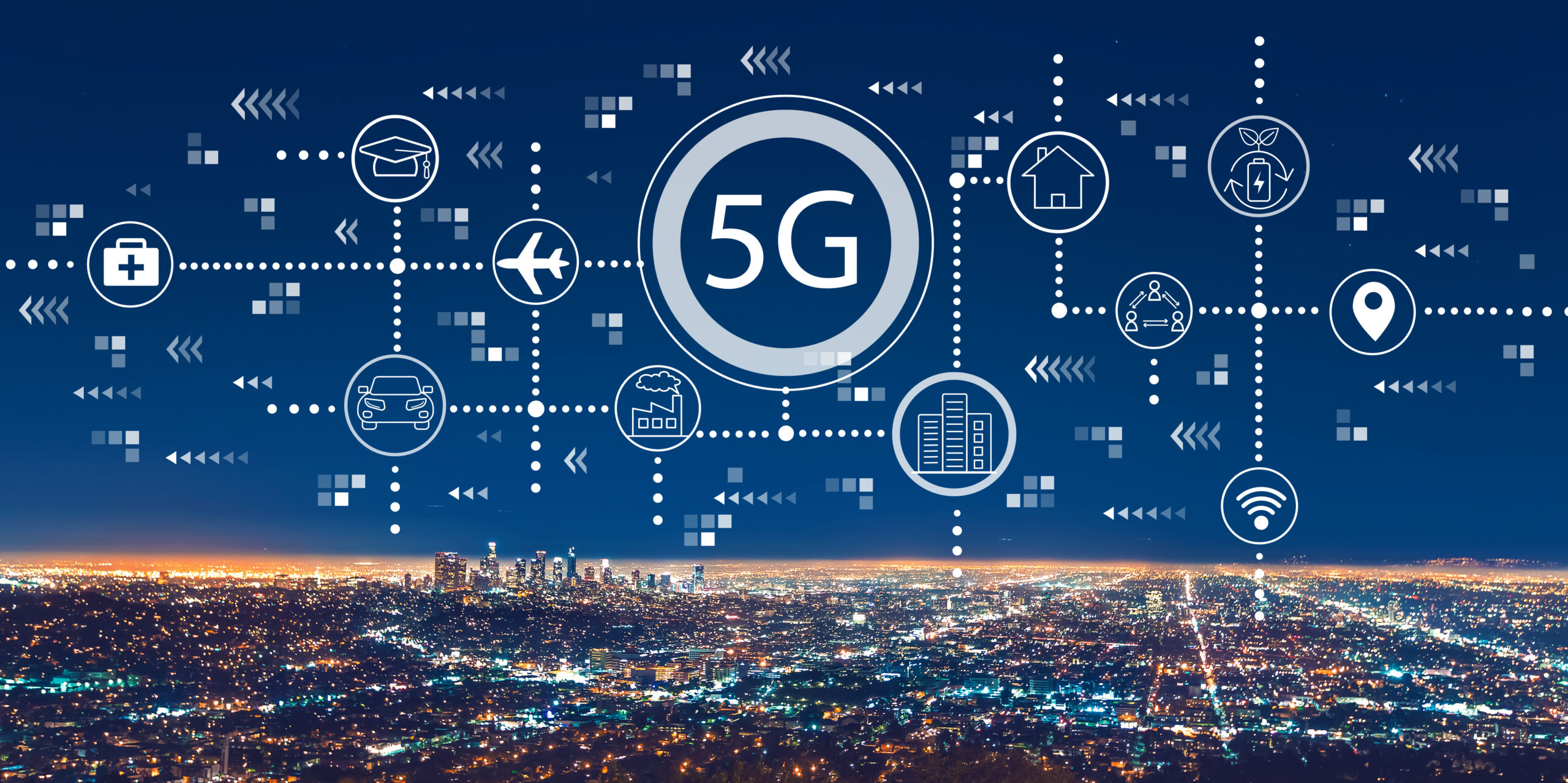
Hang on Tight… 2017 is Going to be Quite a Ride!

When it comes to enterprise app development, the old sales mantra “the customer is always right” applies. If the past twelve months has taught us anything, it’s that the customer is indeed king. User-centric app development delivers better user experience, and working feedback loops enable improvements down the line. But what trends and technologies should app development teams expect to focus on in 2017?
The rise and rise of chatbots
Artificial Intelligence (AI) captured the public imagination in 2016. Of all its wacky or futuristic uses, it was the humble chatbot that really came of age in the past twelve months. Enterprises should take a closer look at the range of natural language processing (NLP) technologies out there, since this form of message-based interaction doesn’t look like it’s going away. What’s more, bots will take on more complex problem-solving roles. Successful enterprise chatbot implementations will carefully consider the business opportunity; this tends to be easier to formulate where use cases are highly focused. While there’s an array of off-the-shelf NLP programs available, integrating bots successfully relies on clever design and rigorous testing.
Talk, not touch
From Mark Zuckerberg’s AI helper, Jarvis, to the array of voice-activated virtual assistant gadgets, voice interfaces are finally going mainstream. The resulting effect on app development is that it will fundamentally shift how we interact with apps. Voice will begin to replace touch as the preferred form of interaction, whether they’re smartphone apps or other connected devices. In fact, the growing number of connected devices that will be powered in 2017 will contribute to this shift. While smartphone screens are optimized for visual interaction, a multitude of IoT devices will function much more intuitively via voice user interfaces.
Putting the “structure” into IoT infrastructure
The IoT is challenging the way that connected products are designed, developed, tested and deployed. Solutions to address these challenges are being developed rapidly. Some are hyped; others are scorned. Containers were hotly debated in 2016, for example, and many developers are currently weighing their worth. Enterprises will need a strategic framework as the basis for assessing and assimilating new IoT practices. In 2017, security concerns and other challenges will highlight the requirement for a new kind of development and testing, often delivered in specialist environments that replicate the stimuli and conditions of real-world scenarios.
Connected devices: all hooked up with nowhere to go
2017 is going to see some epic fails in the IoT market. Gartner predicts that during the next couple of years, 80% of IoT opportunities will be squandered. Implementing IoT projects can be time-consuming, from initial business case development, to proof of concept, to full-scale implementation. Each phase of the process is challenging and glitches discovered at a late stage can be costly to fix in terms of both time and budget. Enterprises looking to get IoT right in 2017 need to prioritize the business case before the product. Operational scalability will be crucial, allowing business systems to mine and manage valuable data and ensure it is as relevant and actionable as possible.
The need for speed
Forget the old adage “more haste, less speed”. The speed at which enterprises can turn around or upgrade products is a marker of their ability to implement change. And one of the fastest routes to success is test automation within a framework that enables CI/CD. This applies to automated UI testing as well. It takes fractions of a second for customers to form an opinion of your app, and 94% of first impressions are design-related. Time spent re-tooling your design process will leave you in better shape to take on the transformations that will mark 2017: better security, more connected devices, natural language usage, and automated visual testing.
Is the app dev team extinct?
First, Agile methodologies impacted traditional team structures. Work groups became smaller and more focused. Then cross-functional working became a buzzword. Now app development is facing possibly the biggest role re-think yet. I’m not talking about robots taking your job! Instead, application development will become a bigger, more inclusive tent, meaning that app teams will include non-technical folk from other areas of the enterprise. How teams are created and defined will evolve, and developers will shift from the IT function into a wider “problem-solver” role, joined there by other like-minded geniuses from different parts of the enterprise. Exciting times ahead, indeed.
Whatever is on your agenda for 2017, let us know, we’d love to hear from you. Equally if there’s an aspect of our predictions that you need to delve into deeper, whether it’s finessing an IoT business case or getting the hang of integrating the latest chatbot technologies, get in touch.
Here’s to a happy and prosperous 2017!







